£50 counterfeit banknotes are rare, but it is best to remain vigilant at all times. To confirm that a £50 banknote is genuine, look at it closely and check the following 8 features described below:
50 Great British Pound-Front
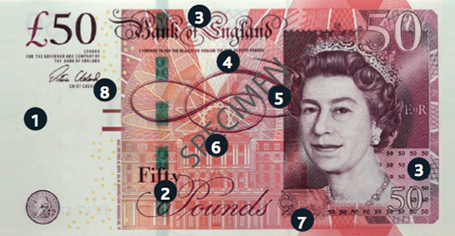
50 Great British Pound-Back
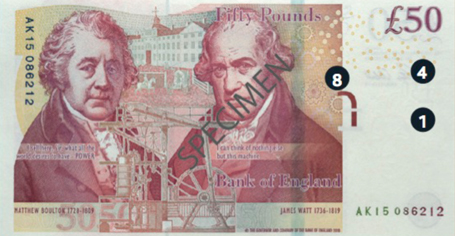
1. Check the watermark: Hold the note up to the light and you will see an image of the Queen’s portrait together with a ‘£50’ which is brighter than the surrounding paper.
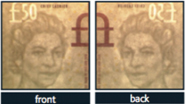
2. Check the motion thread: The motion thread on the note is woven into the paper. It appears five times on the front of the note showing images of the £ symbol and the number 50. When the note is tilted from side to side, the images move up and down. When the note is tilted up and down, the images move from side to side and the number 50 and £ symbol switch.
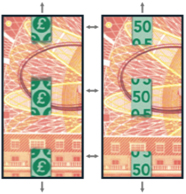
3. Check the paper and the raised print: The note is printed on special paper that gives it its unique feel. By running your finger across the front of the note you can feel raised print in areas such as the words ‘Bank of England’ and in the bottom right corner, around the number 50.

4. Check the ultra-violet features: If you look at the front of the note under a good quality ultra-violet light the number 50 appears in bright red and green. The motion thread also appears bright green and randomly spread bright red and green flecks are visible on both the front and back of the note. The remainder of the note appears dull in contrast.
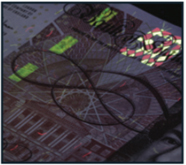
5. Check the metallic thread: There is a metallic thread embedded in every paper banknote. If you hold the note up to the light the metallic thread will appear as a continuous dark line.
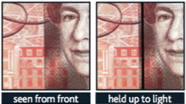
6. Check the print quality: The printed lines and colours on the note are sharp, clear and free from smudges or blurred edges.
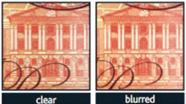
7. Check the microlettering: Using a magnifying glass, look closely at the lettering beneath the Queen’s portrait on the note – you will see the value of the note written in small letters and numbers.
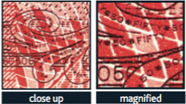
8. Check the see-through register: Hold the note up to the light and you will see coloured irregular shapes printed on the front and back that combine to form the £ symbol.
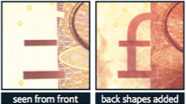
For an interactive guide the security features of current Bank of England banknotes, free online training is available on the Bank of England website http://www.bankofengland.education/takeacloserlook/





